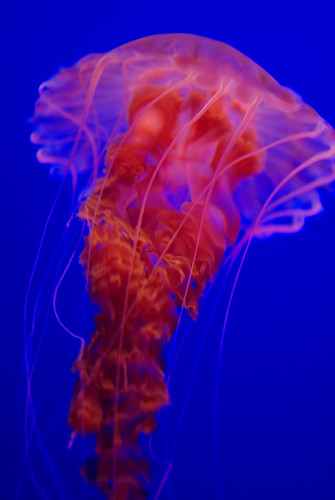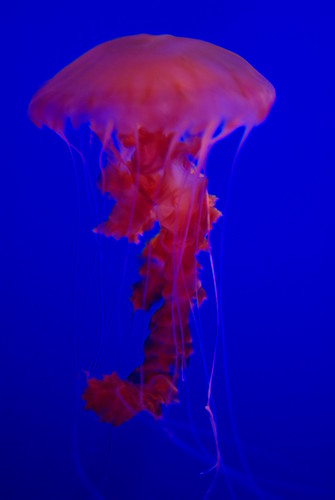After reading a comment about the FA 50 f1.4 not being a good lens for low light AF that took me by surprise, I thought I would look at the lens MTF numbers to see if this comment was warranted.
I've used Photozone.de's wide open MTF data for prime and zoom lenses for Pentax to create a model to show possible AF performance ranking of the twenty four lens that have focal lengths between 18-77mm,
My assumptions are:
- AF is done with the lens wide open and MTF data is a measurement of both resolution and contrast of a lens.
- As the AF mechanism is optimized for 2.8, I would need a modifier to account for slower lenses. The modifiers are 1 for a lens 2.8 or faster, 0.5 for a f3.2/3.5/4 lens, 0.25 for a f4.5 lens, and 0.1 for a f5.6 lens.
- As a zoom lens is probably not as optimized as far as the AF mechanics in the lens, I thought a penalty for being a zoom was needed. I used 0.1 for this. A prime lens will have a 1 modifier and a zoom will have a 0.9 modifier.
- The final assumption is that the highest combined Center and Border MTF that takes into account lens speed and lens type would provide a ranking of lens AF performance for the twenty four lenses listed.
I put this together in a
google document. The data sorted by Center and Border modified and according to this model, the Pentax SMC-DA 40mm f/2.8 is the best lens for low light AF. The FA 50 f1.4 would be thirteenth on the list of twenty four lenses.
From this I would say the poster comment is valid. Any comments about an issues with this? Is there another model, or another factor, needed that would describe AF performance better?
Thank you
Russell
Last edited by Russell-Evans; 09-07-2008 at 12:02 PM.
Reason: grammer - fix broken link


 Similar Threads
Similar Threads 




















